Easy Way to Remove Engine Oil on Cement Floor
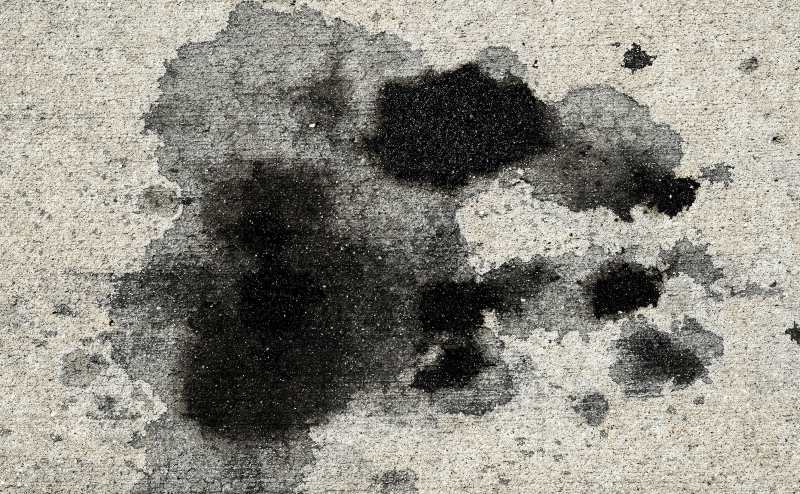
Oil spills on concrete driveways are a common way to reduce curb appeal. It can be frustrating investing time and money into decorating your outdoor driveway or garage floor, only to have conspicuous oil smears markup the area. This frequently occurs after changing the oil on your lawnmower or car. It doesn't look good. In fact, some Home Owners Associations have strict rules that prohibit oil stains on driveways. Fortunately, there are a variety of ways to fix this problem.
Avoid Oil Stains With Simple Precautions
It's easier to avoid spilling oil on concrete than it is to remove a stain once it has set in. If possible, place sheets or cleaning rags around the workspace to prevent oil from landing directly on the concrete. In addition, check your car frequently for oil leaks. Most engine leaks can be avoided with simple maintenance.
How To Get Rid Of Concrete Oil Stains
Even the best intentions aren't foolproof. No matter how many precautions you take, it's likely you will eventually have to deal with an oil stain. If you plan to decorate your floor with acid stain, then it's important the oil marks are removed because the concrete stain won't take properly to the flooring surface. Here are step-by step instructions on how to clean up oil stains from concrete driveways and garages:
Step 1: Cover Stain With Absorbent Materials
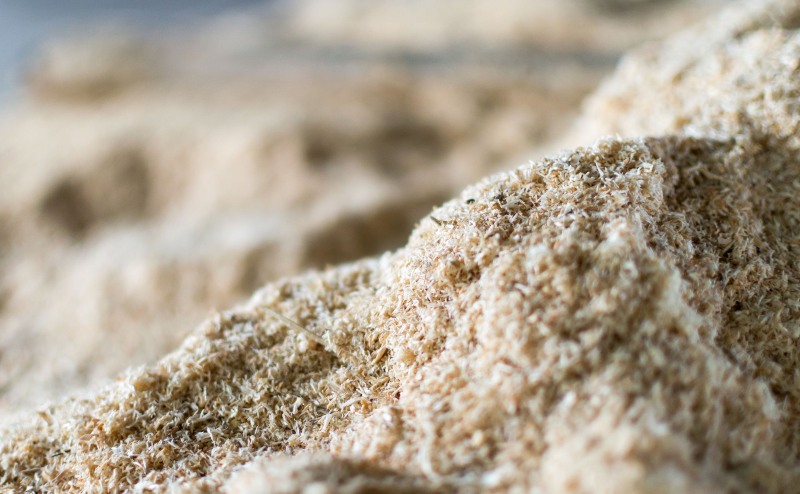
If the stain is still fresh, it's best to act quickly before it absorbs into concrete. The size and age of the stain will determine how difficult it is to clean up. Unlike stains on clothing, you can't simply scrub an oil stain off concrete. This will only rub the stain deeper into the floor, making it more difficult to get rid of. Instead, you need to draw the stain out of the concrete. First, cover the stain with a cat litter, cornmeal, or sawdust in order to minimize the damage. These will absorb the oil and prevent it from spreading to other parts of the concrete floor. If the stain is new, then allow the material to cover the stain for approximately one hour. However, if the stain is older then you will need to be more patient and let it sit overnight.
Step 2: Remove The Absorbent Materials
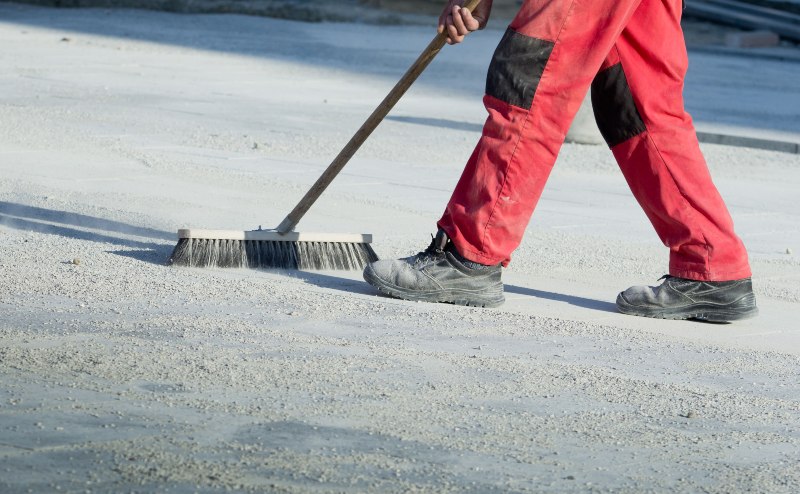
Next, remove the absorbent material. If you notice the stain is still moist, repeat the previous step.
Step 3: Apply Concrete Degreaser
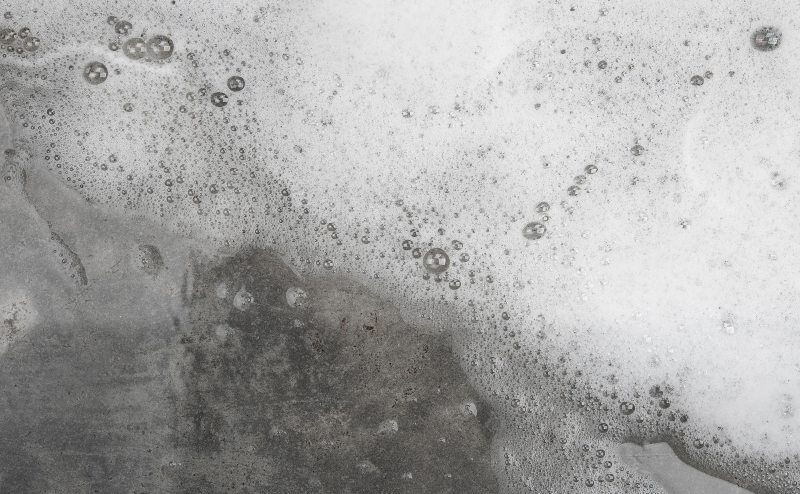
Wet the area with warm water. Then scrub vigorously with a brush and concrete degreaser. Concrete Camouflage's concrete stain prep works well for these difficult situations. It is designed specifically for removing oil, grease, and tire marks. It works by breaking the oil down chemically and helping to lift it up and out of the pores of the concrete. Pro tip: While all these alternatives sound interesting and there are plenty of Youtube videos guides, we have not personally tried these techniques. Be sure to test a small spot first before doing any large areas.
If you don't have a concrete degreaser such as the concrete stain prep mentioned above, then there are alternative solutions you can use such as concentrated dish soap like Dawn, laundry detergent, or WD-40. Some people also swear by coca-cola. You should pour just enough cola beverage to cover the stained concrete surface. Then scrub it into the area with the scrub brush the same way you would with the other solutions.
Step 4: Rinse The Area
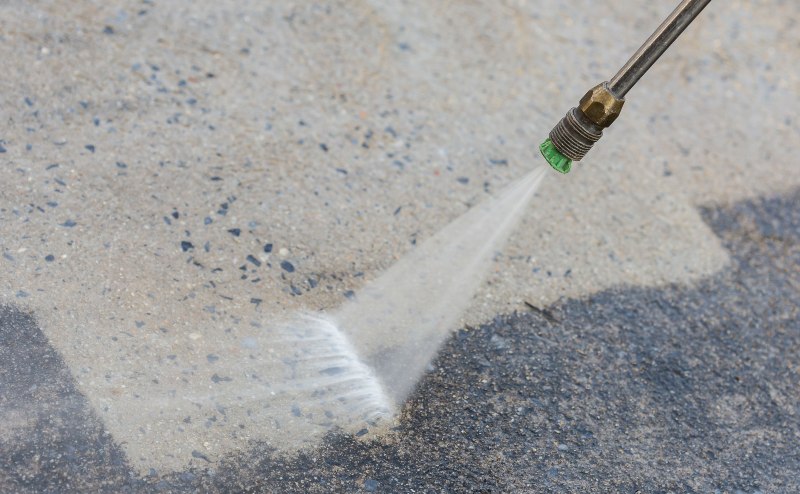
Rinse the area with a power washer or garden hose. Let it dry. If the stain is not completely removed, then repeat steps 3 and 4 as needed.
Conclusion
Oil stains on concrete driveways or garage floors don't have to be permanent blemishes. Follow the tips outlined above to increase your home's curb appeal, or prepare your concrete flooring for your next acid staining project.

Source: https://www.concretecamouflage.com/how_to_remove_oil_stains_from_concrete_floors.cfm
0 Response to "Easy Way to Remove Engine Oil on Cement Floor"
Post a Comment